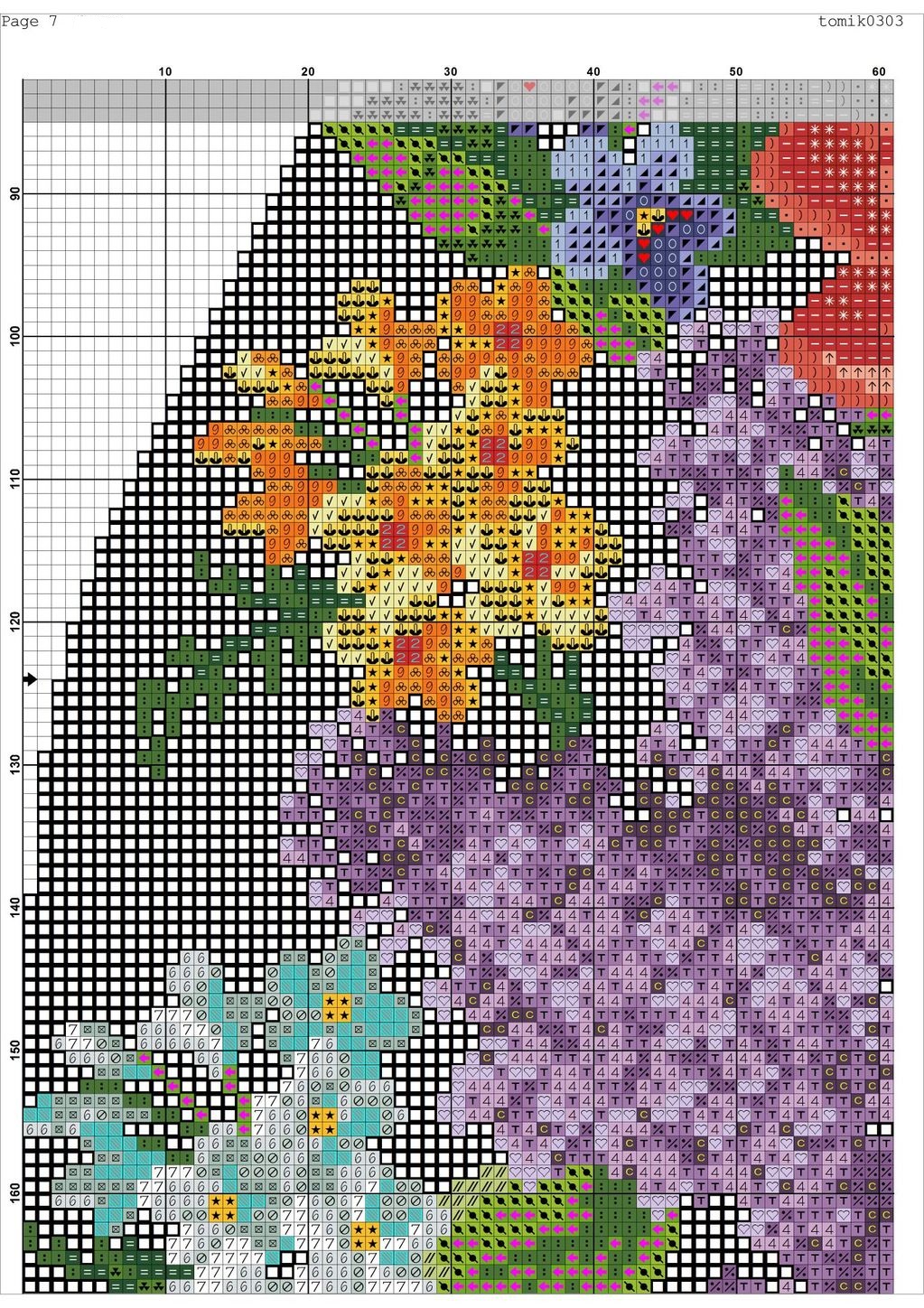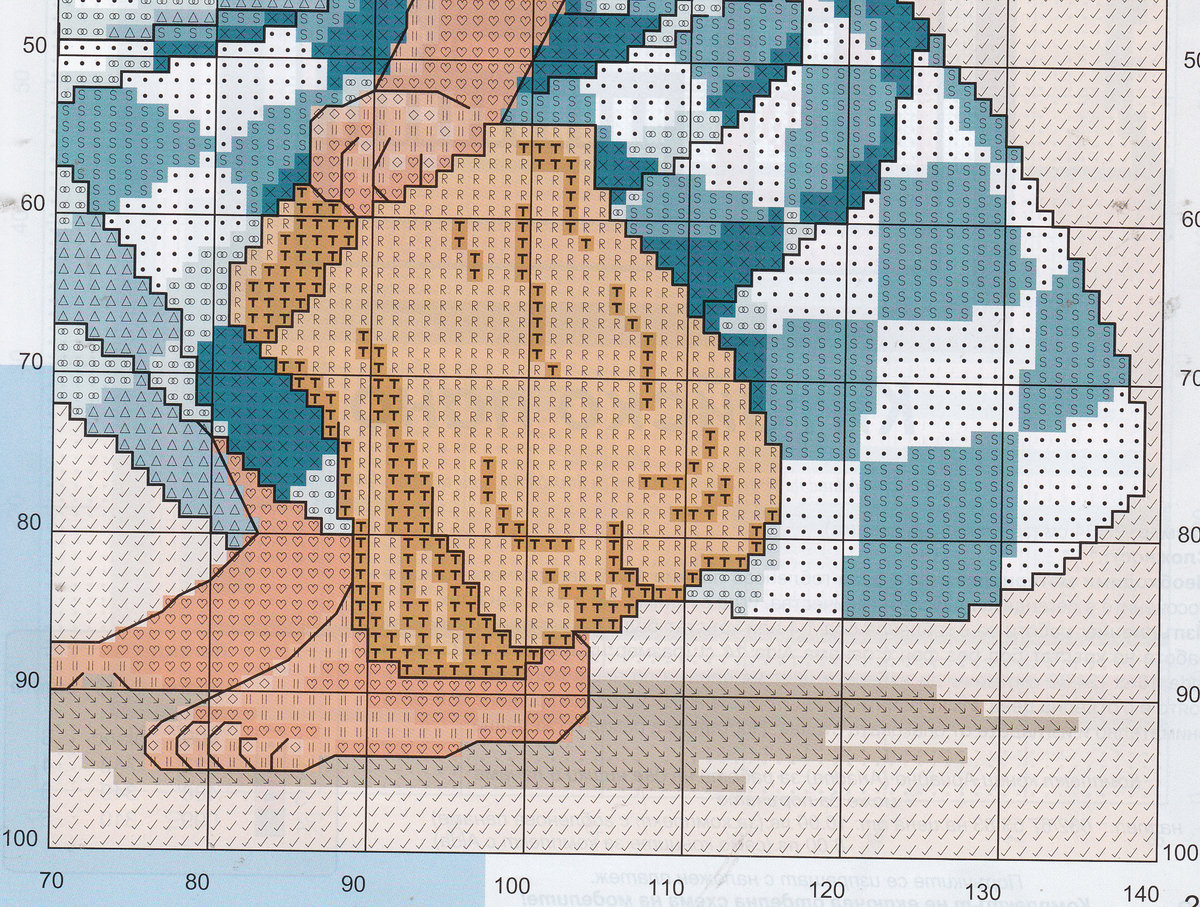

One wonders what satisfaction, let alone pleasure, could have been derived from stitching the following:įurther evidence of the educational value of samplers can be seen in those worked in the Müller orphanages of Bristol, where samplers evolved a recognisable style. Mourning samplers were stitched, and many verses of a lugubrious nature were incorporated into samplers. High infant mortality being a fact of life at the time, there is a preoccupation with death. Samplers became a popular way to instil moral virtues, so we frequently find verses of a highly pious tone. By stitching alphabets and numbers, children were also taught basic literacy and numeracy. They evolved into educational instruments, stitched by children to teach them the needlework skills essential to young girls who would be making and marking household linen and clothing. There is evidence from the motifs that Jane had access to an early pattern book.Īs pattern books became more readily available in Europe and America during the seventeenth century, the function of samplers changed. Jane's sampler contains floral and animal motifs, samples of patterns and stitches, and an alphabet (the alphabet lacks the letters J, U and Z as was common at that time). The earliest surviving dated sampler was stitched by an English girl, Jane Bostocke, in 1598 - just over 400 years ago. The stitcher could count the pattern onto the fabric or detach the pattern, prick holes through it and pounce the design through the holes using coloured powder. Cross stitch patterns were printed as black squares or dots, leaving the choice of colours to the embroiderer. Early pattern books offered designs for cross stitch and other forms, such as blackwork. In the sixteenth century, the popularity of embroidery in Europe was helped by the invention of printing.

Early samplers were often completely covered, with examples of stitches and patterns crammed together, showing the stitcher's need to make use of every square inch of her precious linen. Often, an intricate stitch would be worked next to the stages used to compose the stitch. These were not intended for display, but were rolled up and kept in a drawer until needed for reference. So stitchers would record samples of their favourite stitches and patterns on long strips of narrow cloth, hence the name "sampler". The earliest printed pattern book was produced in Germany in 1524, but it was many years before pattern books became readily available. But cross stitch really came into its own with the working of samplers. In Eastern Europe at this time, folk art was flourishing, and cross stitch was used to embellish household items using geometric and floral patterns still found in pattern books to this day. Blackwork featured geometric designs on white linen, using the wool from black sheep, and it is believed to have been brought to England in the sixteenth century by Catherine of Aragon, the Spanish first wife of Henry VIII. In Spain, under the influence of the Islamic civilisation of the Moors (756-1492), blackwork was popular - this technique is thought to have influenced the development of cross stitch. This is not actually a tapestry in the strict sense (that is, a woven textile), but an embroidery, depicting the Norman invasion of England in 1066. By the eleventh century, the most famous of all early embroideries, the Bayeux tapestry, was being worked. It is known that cross stitch embroidery flourished during the Tang dynasty in China (618-906 AD), when it may well have spread westward along the trade routes. It was found in a Coptic tomb in Upper Egypt, where it was preserved by the dry desert climate. The earliest fragment of embroidered cloth includes cross stitch and dates back to the sixth or seventh centuries AD. An ancient Peruvian running-stitch sampler has been dated to 200-500 AD. Ancient wall paintings and sculptures show that embroidery was worked on clothing from the earliest times. To trace the history of cross stitch, we must look back to the very beginnings of embroidery, since it is only relatively recently that cross stitch has been used as the sole stitch in a piece.


This article was much appreciated by the CSG team and our Members and it is with pleasure and regret that we continue to include it. Jo Verso was the patron of the CSG when we launched in 1996 and she contributed in many ways in the short time before her accident. I can still remember her threatening to dye my fringe purple and also being at least, partly responsible for the worst hangover in my life! It is now many years since Jo was killed in a car crash, leaving us all in deep shock.


 0 kommentar(er)
0 kommentar(er)
